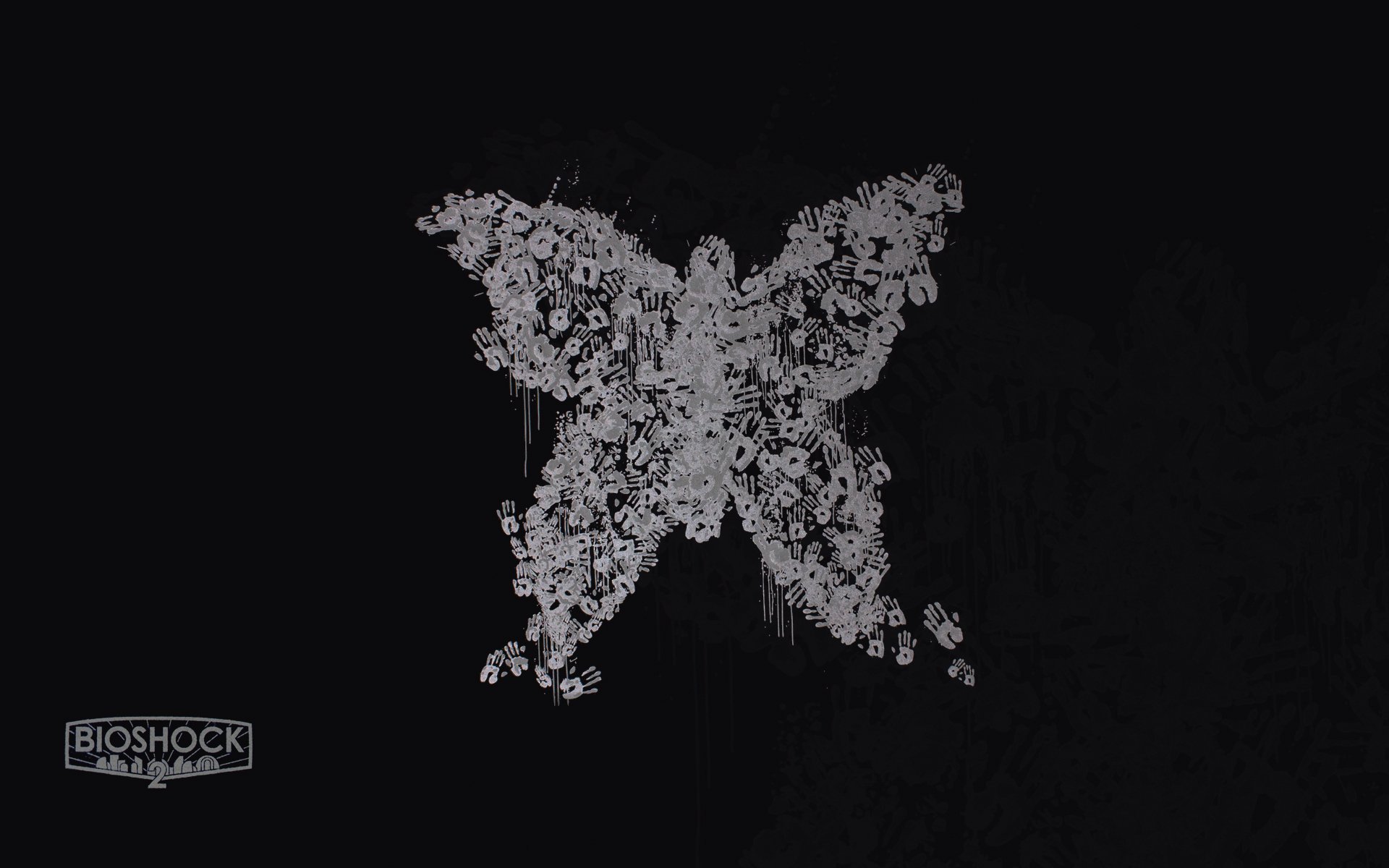deleted by creator
Low incidence, very low number of centers, striking change which reverses in two months: Operator (new staff) or recording error (new system for recording or identifying) would be the first two things you would need to rule out. Specific locality of residence of the mothers would be the next research. Cross-referencing of the OB/Gyn provider would be next (creepy, yes - but one doctor covering a population area this size would see far more than this number of patients over an 8 week period). Manmade environmental factors would probably be next (leak, spill?). Covid, while not a remote guess given the timing, is pretty far down the list of likely suspects imo.
Lovecraftian Viral Husk for president!
That’s very strange, but are there any adverse effects from this condition?
Typically, no, from my understanding. While the organs are reversed (both in position and shape), they’re generally still functional like normal organs, and the patient may not suffer any adverse reactions to the condition whatsoever.
However, a major issue can stem from the need of any sort of organ transplant. If a situs inversus patient needs something like a new heart, their bodies won’t accept a normal transplant. And with this being such a rare condition, it’s nearly impossible to find a viable donor in most scenarios. So a problem like liver failure, which while dangerous is still often treatable via transplant, it’s almost always fatal to somebody with situs inversus, unless it can be treated without transplanting.
Will their bodies accept a transplant from another situs inversus patient? I mean, is the rejection caused by the chirality or is it another effect of the condition?
How does the body know which way an organ is oriented?
Will their bodies accept a transplant from another situs inversus patient?
I believe so.
How does the body know which way an organ is oriented?
My understanding is that it has more to do with just getting the pieces to fit together properly. I imagine that some organs are more compatible than others based on their shape. But making sure that there’s no “kinks in the hose”, so to say, is the important part, as it’d be necessary to ensure that the connecting parts aren’t having to be wrapped around in an unnatural way in order for things to fit and stay connected without injury.
However I’ll admit that I’m not super well-versed in this. I only know a few bits about the condition after some curious Googling when I played a Hitman mission where one of your targets is a situs inversus patient (and you can optionally “kill” him by destroying a particularly rare right-sided donor heart while he’s being prepped for transplant surgery). I thought it was a made-up medical condition for the sake of the game’s plot, but was surprised to find out that it’s an actual thing in real life.
The organs aren’t more likely to be rejected.
That’s the neat part. It doesn’t! It’s only relevant during development.
Because the relationship between the organs is not changed, most people with situs inversus have no associated medical symptoms or complications.
wait so if these babies are functioning normally as this would imply then how tf do people know the organs are flipped? is this something you can see on the ultrasound in the womb or did they get their babies scanned for some reason? is this a stupid question?? i dont have any kids so im genuinely lost here
edit: i read the article again and “ But, in 2023, the rate jumped to nearly 24 cases per 10,000 ultrasound screenings.” so it was indeed from an ultrasound. my b. leaving this here in case others are confused and stupid like me.
Well they shit out of their mouths and they eat through their asses, I call that pretty adverse
That’s a problem. We don’t need more politicians.
CPR isn’t effective. I’d probably have a medic alert bracelet or tattoo or something, just in case.
CPR would work fine. The pressure is applied to the center of the chest between the nipples, not over the heart.
The pressure is applied to the center of the chest, because that’s where the heart is, in both situs inversus and the typical layout.
Usually, the heart occupies more space on the left than on the right, but it’s more central than many people think.

The heart is on the left usually, but we apply compressions on the sternum, because it is strong enough to stand up to the compressions. Nothing to do with which side the heart is on. Should still work for a heart that is on the left or the right. Ribs commonly get broken during CPR, you are warned about that in training, and that is why you do NOT do compressions directly over the heart. Source: have been both red cross and green cross certified in CPR.
Anything going on in China can be titled “Bizarre blip”
Well good news for Erich Soders.
deleted by creator
Looking at the 2023 cases by month, the researchers noted that the surge in situs inversus began in April and continued to June before returning to background rates in July.
The authors acknowledge that “no conclusions” can be drawn from the current report as to the cause of the unusual spike. However, they call for further research to understand what was behind the uptick and the possible role of SARS-CoV-2. The good news is that most people with situs inversus have normal life spans.
The typical cause of this is a biomarker sticks to one side of an embryo, marking it as left (or right, I don’t remember), but a twin embryo that is too close will see that marker on the other side and develop mirror imaged to the first embryo, right?
What the fuck is going on over der.
What the fuck is going on over everyder?
Their environmental regulations are pretty lax, the COVID link could just be coincidental.
This what deregulation gets you, so yeah betting high in those environmental de regulations as the reason.
I’m going to place my money on some kind of pollution or industrial toxin but I doubt we’ll ever know the truth because China.
Are… Are we talking about flipped as in inverted, or flipped as in second-hand…?
situs inversus, a rare congenital condition in which the organs in the chest and abdomen are arranged in a mirror image of their normal positions.
This week on House Hunters:
“can’t wait to flip this baby”
Condition: “Like new”
Inside out, and upside down
Could it be due to china’s own developed vaccination against COVID? This one has not spread to any other major parts of the world, as far as I know off.
Go post this theory on some conspiracy theory boards and give them something new to irrationally latch onto.
Could it be magic?
Maybe it’s Maybelline?
China is a very big place with a lot of people. It makes sense that we would find things there that we haven’t elsewhere













